Sleep disorders (Dyssomnias)
Dyssomnias are sleep disorders that change the way you sleep. These disorders can affect on your ability to get asleep, stay asleep, or can also cause excessive sleep. A sleep disorder can influence on your overall health and quality of life and also in some cases your safety. As an example, sleep deprivation can influence on your ability to drive safely, and it also increases the risk of other health issues.
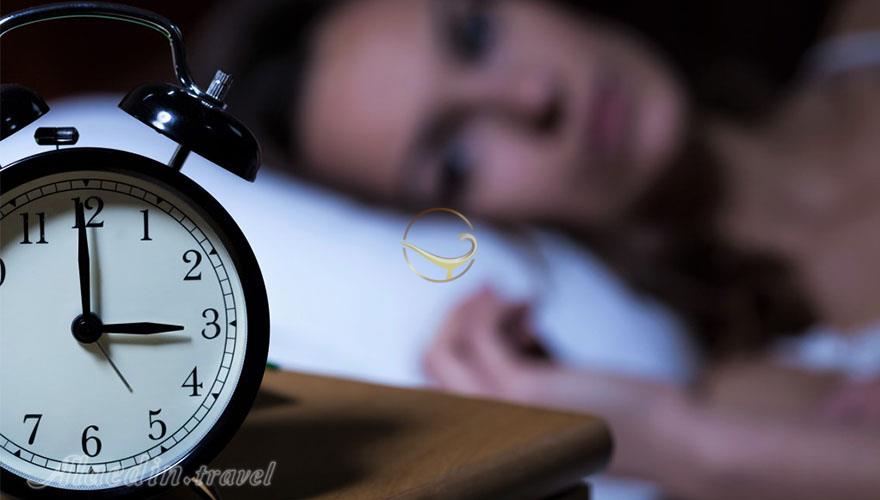
Among the causes of dyssomnias are heredity, physical and psychological problems, which can really disrupt a person’s life. It is also noted that the symptoms vary depending on the exact sleep disorder diagnosed. Among the common signs and symptoms of sleep disorders are:
• being very sleepy during the daytime,
• having trouble falling asleep at night,
• breathing in an unusual pattern, and
• increased movement during sleep.
Types of sleep disorders are various, and they are usually categorized according to the reason they happen and the way they affect you. They can also be categorized according to behaviors, problems with your natural sleep-wake cycles, breathing problems, difficulty sleeping or how sleepy you feel during the day. Hence, according to cause or origin, dyssomnia sleep disorders are classified into two main types: extrinsic and intrinsic.
Here is a short description on each type and their subcategories.
Extrinsic dyssomnias refer to those sleep disorders that originate from external causes, and mainly include:
• Insomnia: Insomnia causes difficulty falling asleep or difficulty staying asleep during the night. Some common risk factors of insomnia are high levels of stress, certain medications, anxiety, or depression.
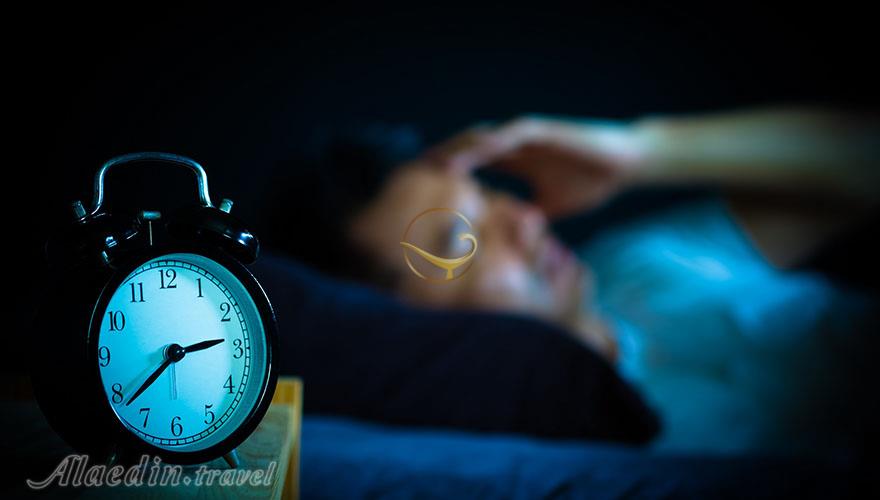
• Sleep apnea: In sleep apnea you experience abnormal breathing patterns while you are asleep, or simply put, you experience stops in breathing during sleep. The most common risk factor for sleep apnea is excess weight. It is also noted that sleep apnea has different types including:
Obstructive sleep apnea: Obstructive sleep apnea happens when your upper airway is blocked while you are asleep. It makes your chest muscles work harder to open airway and pull air into your lungs. Breathing usually resumes with a loud snort or gasp. It also reduces the flow of oxygen to vital organs and causes irregular heart rhythms. It is also noted that you probably won’t be aware that this is happening, though you may not sleep well.
Central sleep apnea: In central sleep apnea, breathing is disrupted due to brain functions.
Complex sleep apnea syndrome: Complex sleep apnea syndrome is the term used to describe a form of sleep disorder in which someone has both obstructive sleep apnea and central sleep apnea.
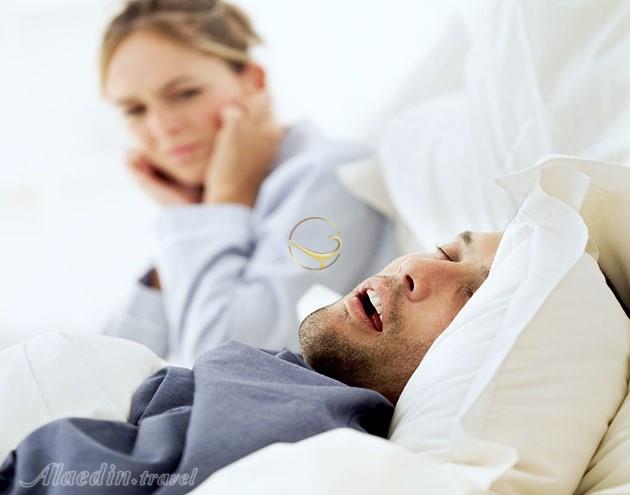
• Restless legs syndrome (RLS): Restless legs syndrome, also called Willis-Ekbom disease, is a kind of sleep movement disorder that causes an uncomfortable sensation and an urge to move the legs while you try to fall asleep. Common risk factors for RLS include low iron levels, kidney failure, Parkinson’s disease, diabetes mellitus, rheumatoid arthritis, and pregnancy. It is estimated that 5% of the general population and 10% of people over the age of 65 suffer from this disorder.
• Narcolepsy: Narcolepsy is characterized by extreme sleepiness during the day and suddenly falling asleep during the day. It is also characterized by hallucinations, and in some cases partial or total loss of muscle control, often triggered by a strong emotion such as laughter. Among the common risk factors of narcolepsy are family history of the disorder, decrease in the level of histamine in blood, certain infections, brain injuries, autoimmune disorders, exposure to toxins, and use of over-the-counter (OTC) drugs.
• Periodic Limb Movement Disorder (PLMD). Periodic limb movements disorder, also known as nocturnal myoclonus is a sleep disorder where the patient moves limb involuntarily during sleep, and had problems related to the movement. It is noted that PLMD should not be confused with RLS.
• Hypersomnia: Hypersomnia, also known as excessive sleepiness, is a condition in which a person has trouble staying awake during the day. People who suffer from hypersomnia fall asleep at any time, for example while driving or at work.
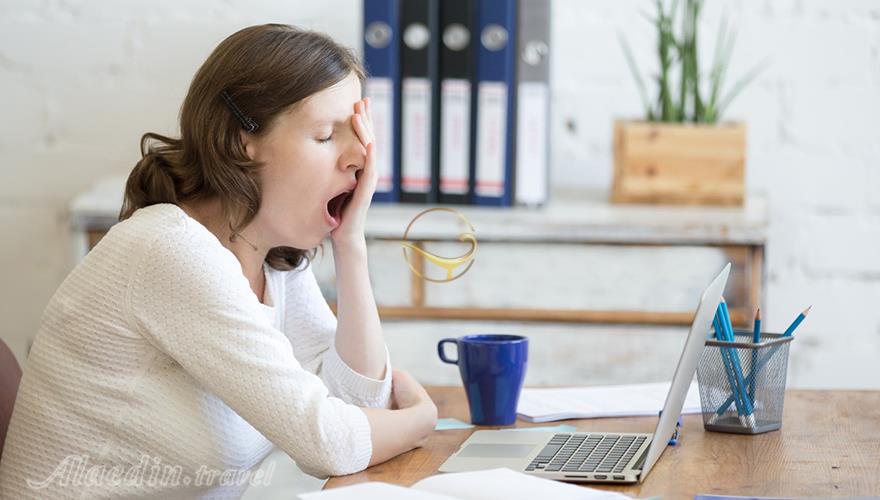
• Toxin-Induced Sleep Disorder: Toxin-induced sleep disorder refers to insomnia or excessive sleepiness caused by poisoning with heavy metals or organic toxins.
• Kleine-Levin syndrome: Kleine-Levin syndrome is a rare disorder that mainly affects teenage boys. It is characterized by repeated but reversible periods of excessive sleep that could be up to 20 hours a day.
Intrinsic dyssomnias refer to those sleep disorders that originate from internal causes, and mainly include:
• Altitude insomnia: Altitude Insomnia, also called Alpine sickness or Hypobaropathy, occurs in approximately one fourth of people who go two miles above sea level. It mainly occurs with pilots, mountain climbers, or military personnel due to effect of high altitude.
• Substance use insomnia: There is a bidirectional relationship between sleep problems and substance abuse. Because people who have trouble sleeping may medicate with alcohol or illicit drugs, and on the other hand, taking certain substances can interfere with sleep.
• Sleep-onset association disorder: Sleep Onset Association Disorder (SOAD) is a common behavioral insomnia in children that is mainly due to inappropriate sleep training. Infants with SOAD awake according to their normal sleep cycle and cannot fall asleep by themselves, and constantly demand parents' behavioral intervention.
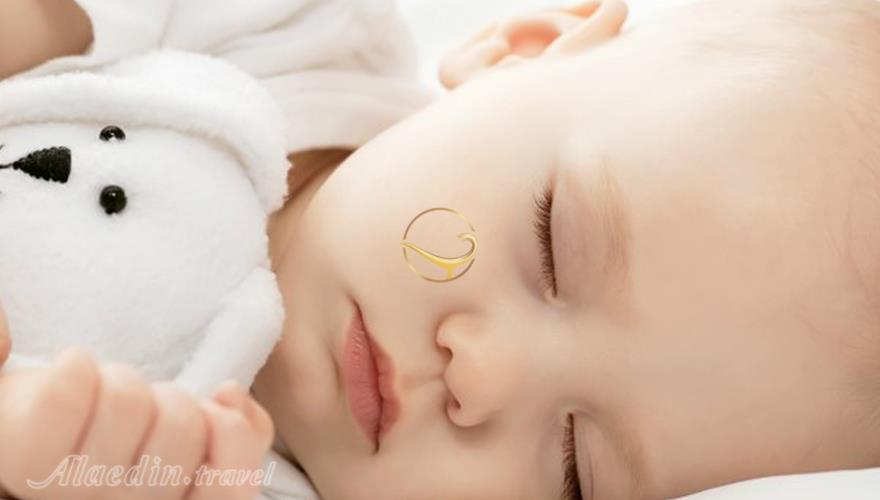
It is noted that REM sleep behavior disorder (that is absence of or incomplete REM sleep allowing the person to act out his/her dreams), bruxism (teeth grinding), Limit-setting sleep disorder, and nocturnal paroxysmal dystonia are also among sleep disorders.
It should also be noted that Parasomnias refer to disruptive sleep disorders that happen during arousals from REM sleep or partial arousals from non-REM sleep. Parasomnias mainly include nightmares, sleepwalking, night terrors, confusional arousals, and many others.
Treatments for sleep disorders in Iran
Diagnosis: Doctors utilize many ways to help diagnose sleep disorders. Once they correctly diagnose the disorders, they can treat most sleep disorders effectively. It is noted that the evaluation team optimally should include a psychiatrist, neurologist, pulmonologist, sleep medicine specialist, and dietitian.
To diagnose between the different types of dyssomnia, your doctor usually begins with a consultation about your sleep history, including the beginning, frequency, and duration of the sleep. Certain lifestyle habits like consumption of alcohol or caffeine will also be observed for diagnosis. You should also discuss about particular complaints about your sleep pattern with your doctor.
Then, your doctor will examine your physical and mental status. Laboratory tests are also required to investigate the involvement of specific health conditions.
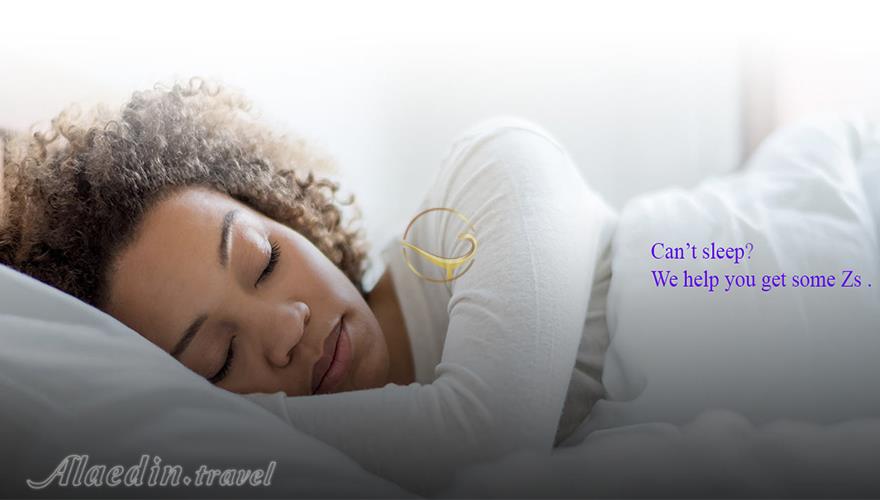
Treatment: To manage dyssomnia, two main treatment techniques are used. They include psychological and pharmacological treatment techniques.
The treatments may be used alone, but to control symptoms of the disorder they are often used in combination.
Psychological treatment techniques are the preferred choice of treatment for primary sleep disorders. They mainly include discussions about sleep hygiene and applying techniques to improve sleep.
A very common technique to improve sleep in dyssomnia is cognitive behavioral therapy (CBT).
Pharmacological methods are appropriate in certain circumstances, and may include use of medication to alter sleep cycle, or other drugs to aid sleep at nighttime or increase alertness during the day.
Bright light or dark therapy may also be beneficial for adjusting the body clock.
Generally, just like any medical problem, diagnosis and treatment recommended and monitored by a medical professional are the keys to overcoming the challenges posed by sleep disorders. There are, however, some types of treatment that go across many different sleep disorders. Here are the 4 most common treatments.
1. Pharmacotherapy (Medication): The most common treatment of all the major sleep disorders, except sleep apnea, is medication. The combination of medication with other types of treatment is also common.
2. Cognitive Behavioral Therapy (CBT): Cognitive Behavioral Therapy is a common treatment to help people manage different sleep disorders. It is mainly used for insomnia and narcolepsy, but could also be applied to help people with other sleep disorders.
3. Sleep Hygiene and Sleep Routines: Practicing good sleep hygiene is shown to be practical for many sleep disorders including insomnia, sleep walking, narcolepsy and other sleep disorders.
4. Relaxation, Meditation, and Exercise: Relaxation techniques can minimize symptoms of several sleep disorders including insomnia and RLS. These relaxation techniques include practicing yoga, meditating, and using guided imagery exercises. Exercising also improves sleep quality in people without sleep disorders, and it also can help people suffering from insomnia get more sleep and reduce stress.
It is noteworthy that sleep disorder treatment centers in Iran enjoy experienced doctors and modern facilities. For more information please contact us.